10 Forgotten Heritage Towns in India You Need to Explore Before Everyone Else
India’s history lies deep, but beyond the Taj and Jaipur lies a hidden world of forgotten towns brimming with untold stories. India is a country of diversity, and the history of the country is not devoid of that. The history of India is so diverse that some of it remains unpopular in the Forgotten Heritage Towns in India. These towns are marked by old traditions, culture, and lifestyle that they have preserved. These are places that were once historically or culturally significant, now largely ignored by mainstream tourism. Visiting the forgotten heritage towns provides authentic experiences, opportunities for heritage exploration, and ensures sustainability. It is a perfect opportunity for a slow and meaningful travel in these hidden gems of India because of fewer crowds and less commotion.
Why Visit Forgotten Towns?
Commercialization has taken over many aspects of tourism in places that have earned the status of tourist destinations. The forgotten heritage towns, however, are often untouched by the same. These towns are full of unique opportunities for undiluted local experiences, local crafts, different cuisine, and several unique languages, all of which contribute to cultural tourism in India with authentic Indian experiences.
Architectural and Historical Significance
The architectural remains of the Mughal Era are famous amongst tourists, but the history of India is older than that. An excellent example of such offbeat architecture can be traced in the temple heritage of the country. There are several other architectural remains in the form of stepwells, havelis, and fortresses in the historical towns of India. Many villages are still home to tribal communities that have carried on the practices, beliefs, and languages of their ancestors.
10 Forgotten Heritage Towns in India You Need to Explore
Chandernagore, West Bengal
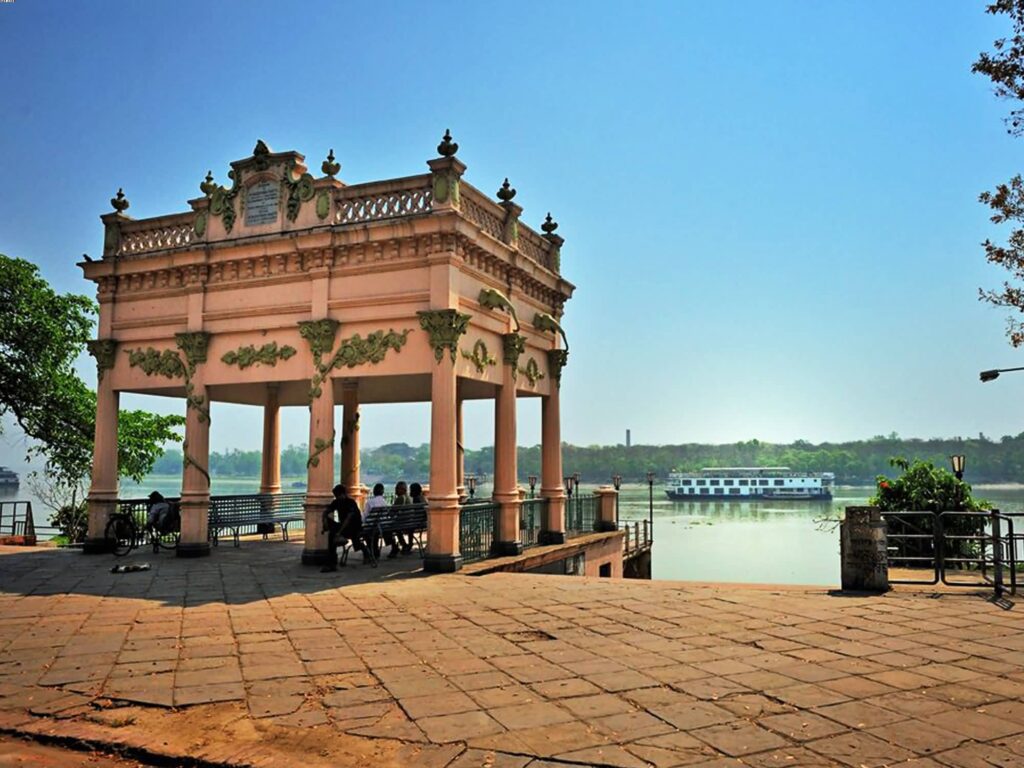
Situated on the banks of the Hooghly River in West Bengal, Chandernagore is a former French Colony known for its French architecture, churches, and colonial museums. Durgacharan Rakshit Ghat on the stand displays an interesting blend of Indian and French architecture. Some must-visit places are the Strand Promenade, Duplex Palace, and the Sacred Heart Church. This colonial town is 30 km away from the capital city of Kolkata and is accessible by road, rail, and river. The nearest airport is located in Kolkata. The best months to visit are between October and February.
You may also like: Chandannagar- A Walk Through Tremple of French Colony
Maheshwar, Madhya Pradesh
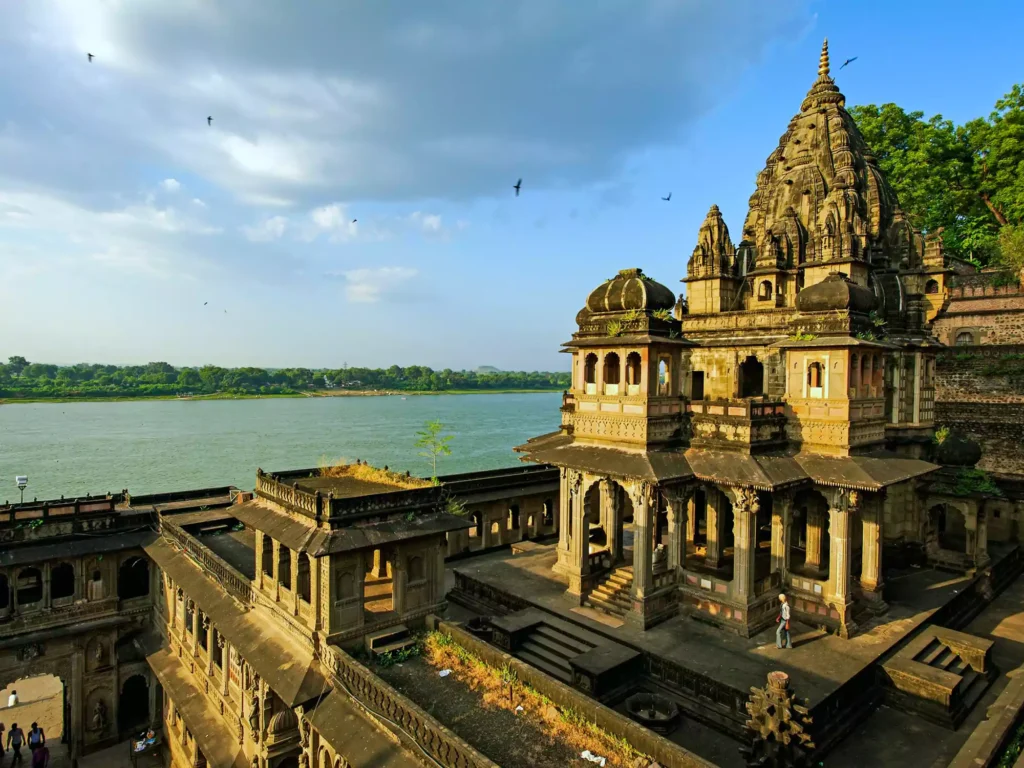
Maheshwar is a riverfront town in Madhya Pradesh, and it upholds the history of the Holkar Dynasty. Travel enthusiasts must consider visiting the Narmada Ghats and Maheshwar Fort for dipping into the serene ambiance and pleasant views. Those interested in handicrafts can find joy by exploring handloom saree weaving workshops, particularly those weaving Maheshwari saree, which is known for its unique designs and patterns, inspired by the architecture of the Maheswar fort and temples. Movies like Padman and Bajirao Mastani were shot in this heritage town of India. This handloom town is 92 km from Indore, which has the nearest airport, and is well connected by roads and rail. It is closer to towns like Khargone and Barwaha, the best time to visit being from months between October to March.
Orchha, Madhya Pradesh

Orchha is a hidden gem in the Niwari District of Madhya Pradesh and was the Bundela Dynasty capital with towering cenotaphs and forts. The Orchha Fort complex, one of the unexplored forts of India, is located on the banks of the Betwa River. It was built by different rulers in stages, and will appeal to travelers with a keen interest in history and architecture. Another major attraction is the Raja Ram temple, attracting devotees ranging from 1500 to 3000 in numbers. The Betwa River also offers various activities like river rafting, Kayaking, Canoeing, and boat tours for adrenaline seekers. The best time to visit for a wholesome experience is between October and March. This tentative UNESCO site is well-connected to major towns like Jhansi, accessible by road and rail.
You may also like: Historical Havens: Offbeat Forts and Palaces for Budget Travellers
Karaikudi (Chettinad Region), Tamil Nadu
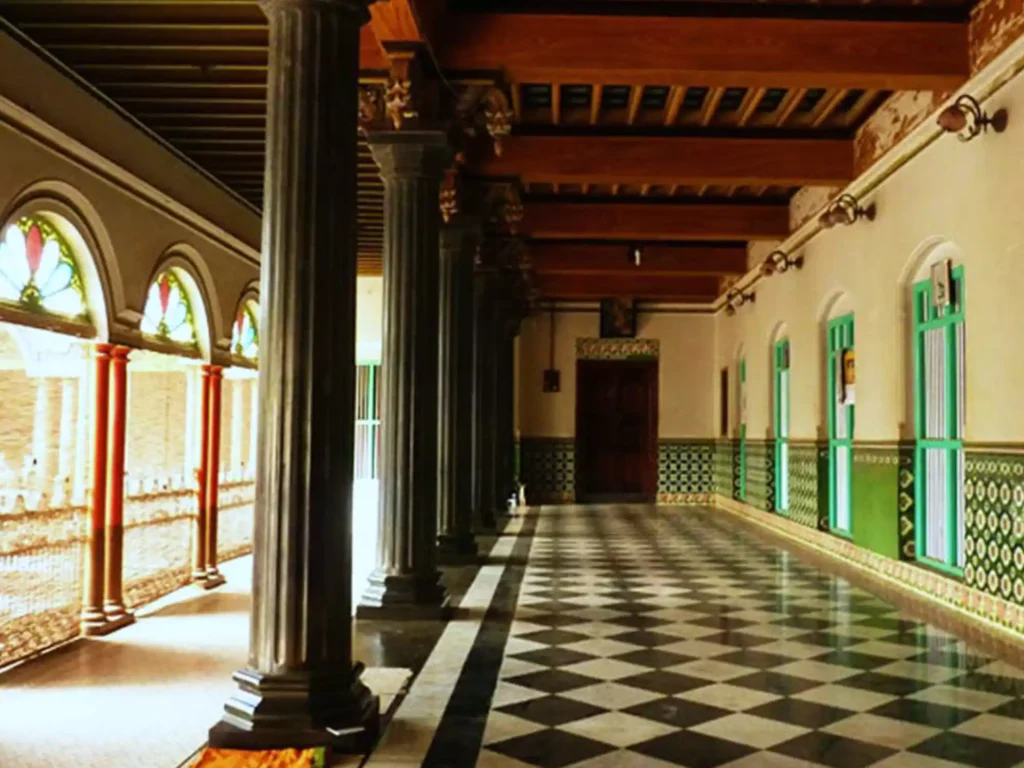
This city in Tamil Nadu is famous amongst devotees because of the Meenakshi-Sundareswar temple, which has 108 statues of Ganapathi. It is also home to opulent Chettinad mansions, which are a collection of over 10,000 lavish homes with unique architecture. The significant feature of these mansions is that they were built with materials from all across the globe to flaunt the wealth of merchants in the 19th and 20th centuries. This heritage town in South India is perfect for exploring heritage homestays while experiencing local Chettinad cuisine. Apart from that, this city is also the heart of Athangudi tile production. It is connected by rails, and the Trichy-Rameswaram Highway passes through the city. The best experience can be achieved from November to February.
Ziro, Arunachal Pradesh
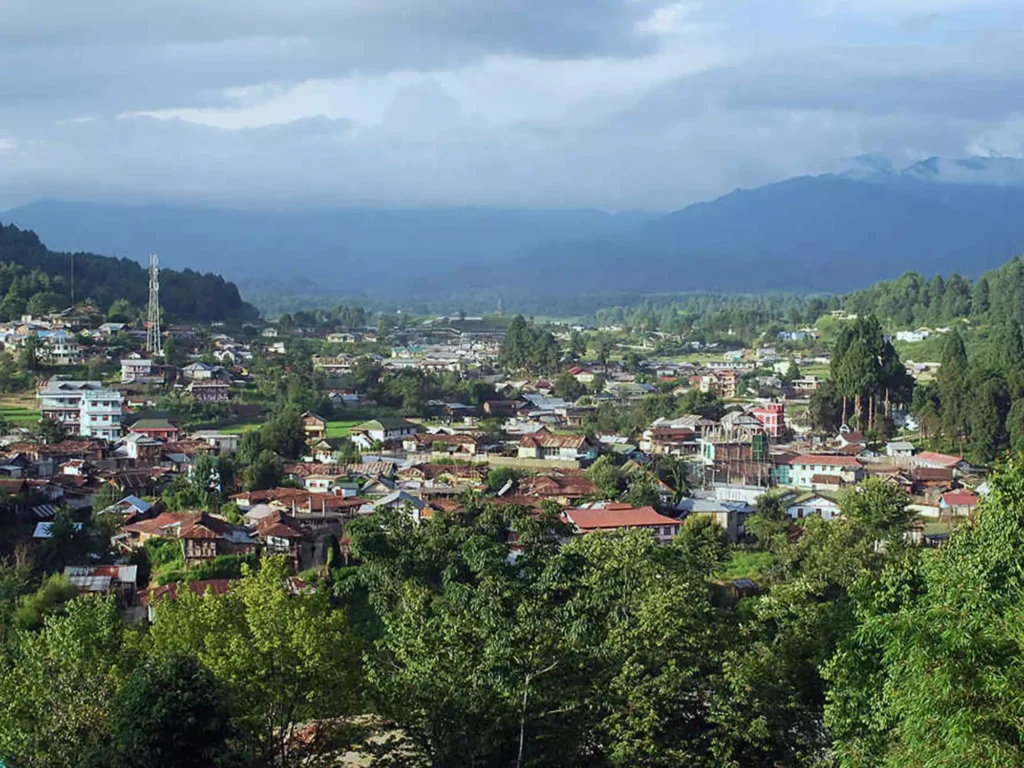
Ziro has been a home to the Apatani tribe of Arunachal Pradesh. The region is graced by terrace fields owing to the traditional farming practices of the tribe. The people of this region choose traditional houses for shelter. The place is an absolute heaven for travelers seeking new cultural experiences. Siiro village in Ziro is known for high-altitude fish farming and the natural beauty of the surrounding hills and forests. The place also hosts the Ziro Music Festival, which attracts tourists from different parts of the country and beyond. This tentative UNESCO site is a tribal heritage of India and, like other northeastern states, remains highly unexplored. Ziro is accessible by road from Itanagar, the state capital, and also from Naharlagun railway station. This is a holiday destination for the spring and summer months.
You may also like: Unveiling Northeast India: Budget Traveler’s Guide to Lesser-Known States
Lothal, Gujarat
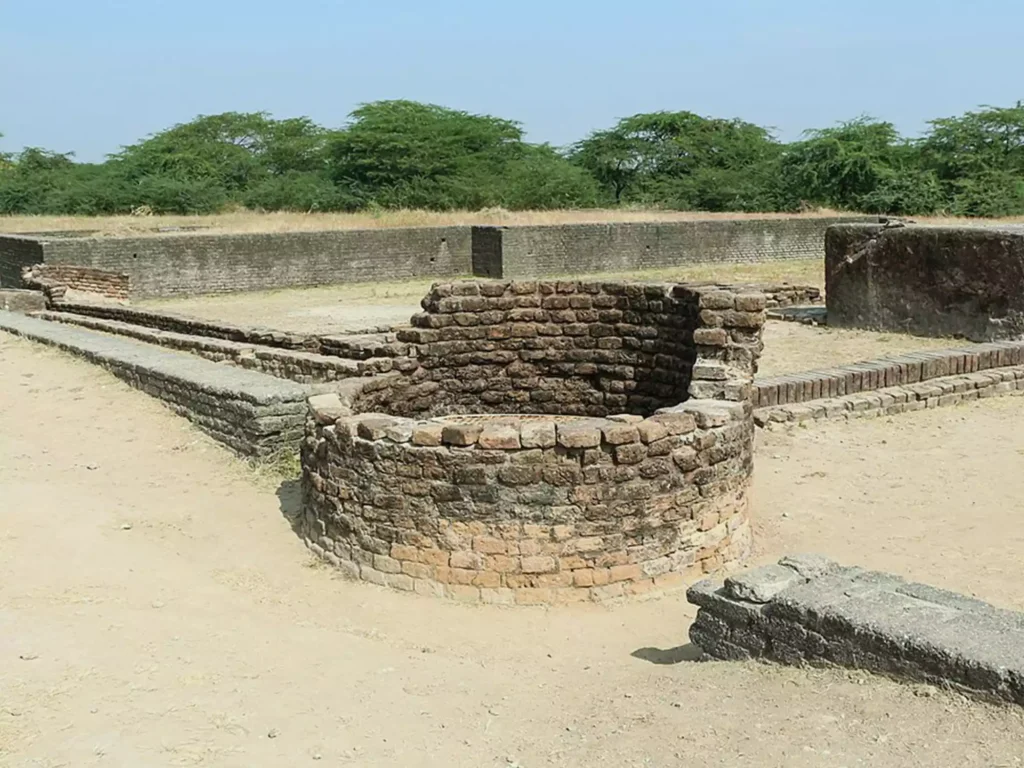
That compulsory chapter in the Indian history textbooks comes alive in Lothal. This Indus Valley Civilization site is a great opportunity for inquisitive minds, archaeology lovers, and students of history. The place is known for the world’s oldest maritime dockyard that dates back to 2400 BCE. The dockyard is representative of the archaeological brilliance of ancient India. One must also visit the Archaeological Museum of Lothal, which has preserved various semi-precious stones and metals, statues, beads, weapons, ornaments, and many more. A short drive from Ahmedabad can take you to the ancient city of Lothal, and it is also connected to the Ahmedabad-Bhavnagar railway line. Anytime between July to March can be chosen to visit this place.
Bundi, Rajasthan
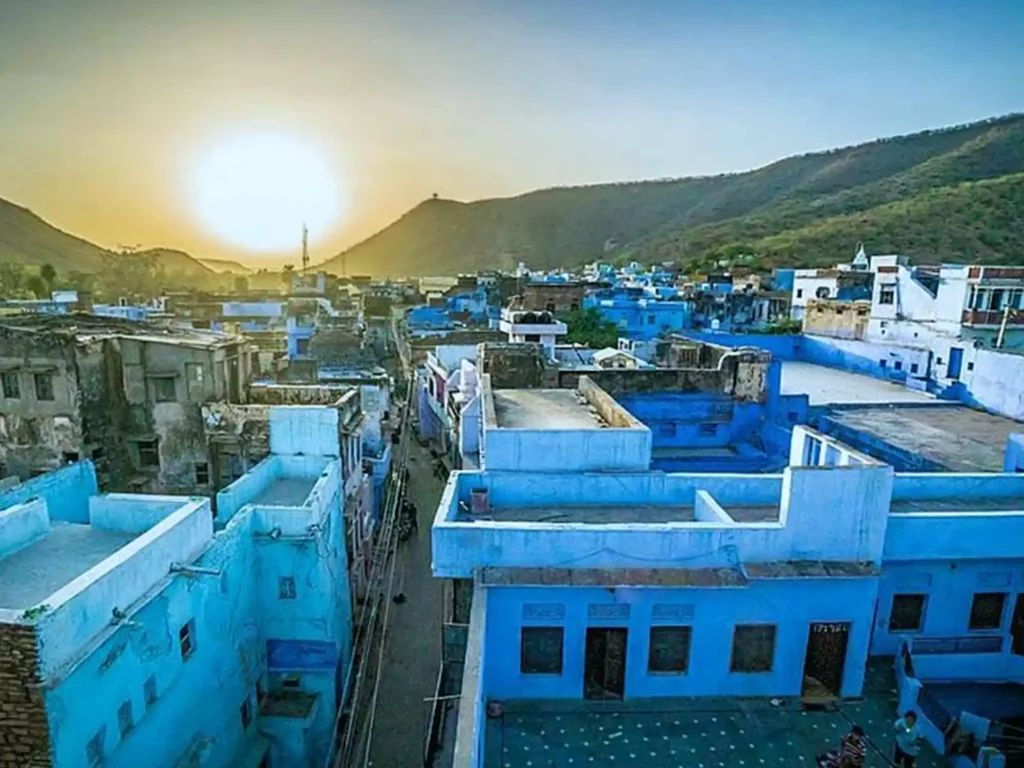
Bundi is a town in the Hadoti region of Rajasthan, known for the blue houses, ornate stepwells, and murals. One key attraction of this place is the Taragarh Fort, which is a representative of the impressive military architecture characterised by massive walls, bastions, gateways, and battlements. Another attraction is the Bundi Palace, the jewel in the crown of Bundi, marked by a majestic residence encircled by petite palaces. This hidden town of Rajasthan is a lesser-known alternative to Jaipur and Udaipur. This stepwell town, marked by more than 50 baoris, is around 40 km away from Kota and is accessible by road and rail.
You may also like: Exploring Cape Comorin- The Tamil Nadu
Majuli, Assam
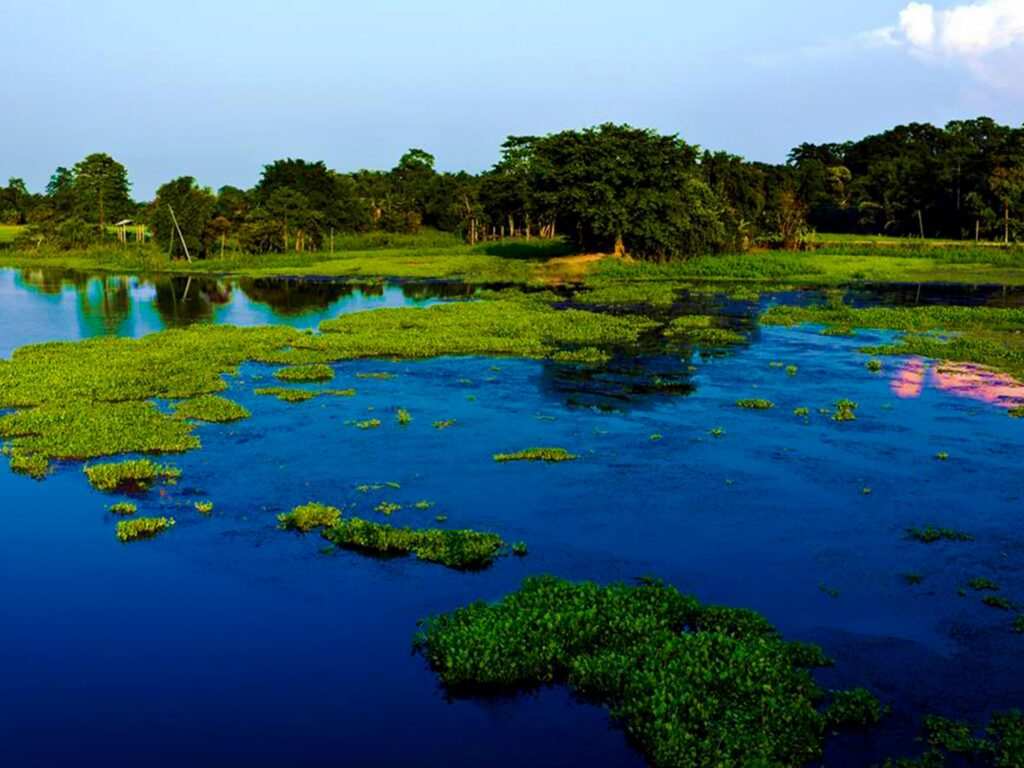
Majuli is the world’s largest river island and the cultural heart of Assam. The Brahmaputra flows to the south and east, and the Subansiri to the west of the island. Sain, Srimanta Sankar Deva established 64 Satras or Vaishnavite Monasteries, displaying cultural significance. For travelers who seek pleasure in art and craft can engage themselves in activities like mask-making and pottery. This culturally rich island is a must-visit during the Rass Festival, a celebration that transcends time.
Tranquebar (Tharangambadi), Tamil Nadu
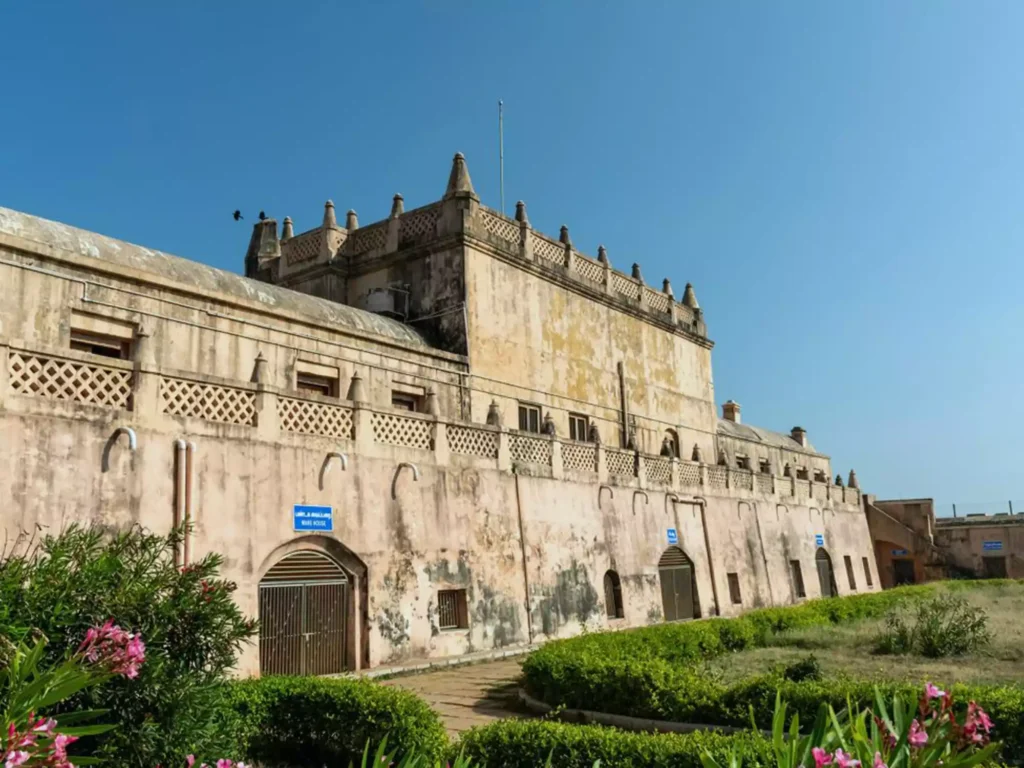
This less-explored destination was a Danish colony with a sea fort and shows a unique blend of Indo-Danish heritage. The town has several colonial architectures that exhibit grandeur and history. Geographically, this town is blessed with stunning beaches, and the rich cultural heritage can be experienced by touring this place. There are several Indian- European buildings, each of which has a unique story owing to the colonial past. Tranquebar travel itinerary should include Fort Dansborg, the colonial cemetery, the Danish museum, and a stroll through the streets of a calm beach town. The best time to visit this colonial coastal town is from August to March, when the weather is most pleasant. The best way to travel is by road from Chennai, which has the closest airbase.
You may also like: Exploring The Temple City- Madurai
Chanderi, Madhya Pradesh
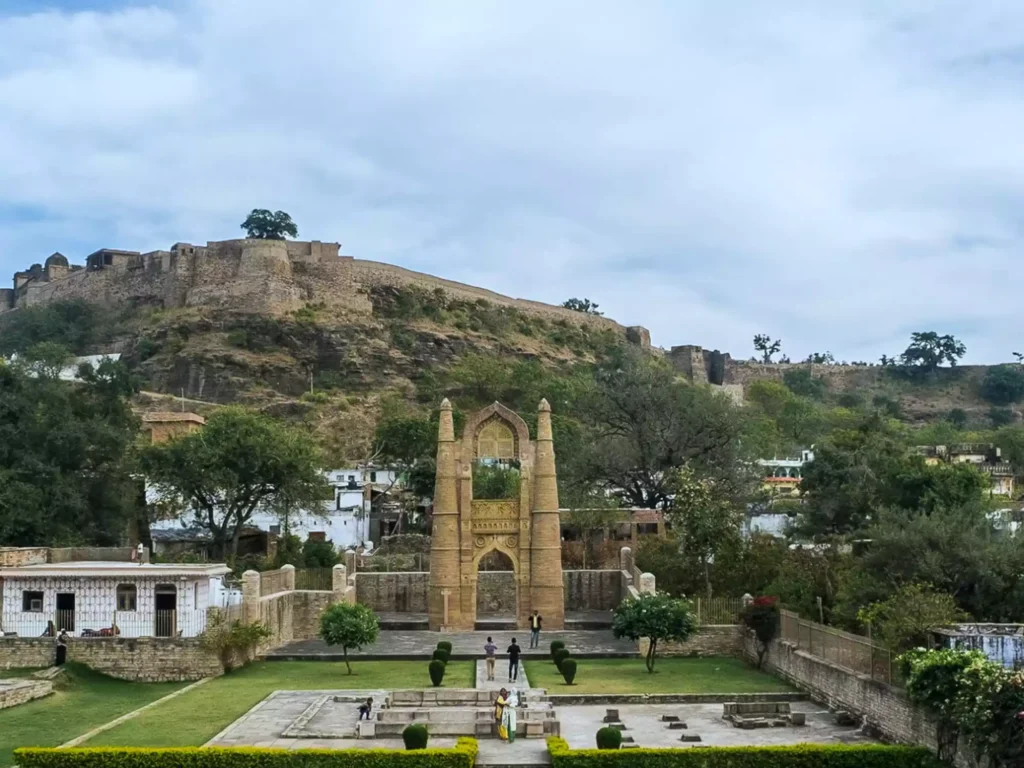
Chanderi is a less-explored historic textile and Jain pilgrimage town. Situated in the Ashoknagar District of Madhya Pradesh, it is famous because of Chanderi Fort, ancient stepwells, and its silk-weaving heritage. Travelers who seek cultural immersion through heritage walks must consider visiting this place. It is also a heaven for handloom lovers, famous for its Chanderi Sarees. This offbeat town in Madhya Pradesh is located 50km from the district headquarters and is well accessible by road. The winter months are the best time to visit this amazing holiday escape.
Tips for Exploring Forgotten Heritage Towns
Most of these heritage towns are well connected by roads; however, they might not always be in good condition. Opting for trains or local buses is always a better option. An important travel tip for rural India is to carry maps, water, and offline translators. Since these places are less-explored, choosing homestays and heritage havelis can support the locals. These places deserve respect, and that can be assured by avoiding littering, graffiti, disrespect towards locals, or the use of drones when prohibited.
India’s real magic often lies in its forgotten corners, when each town tells a story worth hearing before the crowds arrive. It is time to pack bags and explore hidden India, beyond the Mughal and British influences.

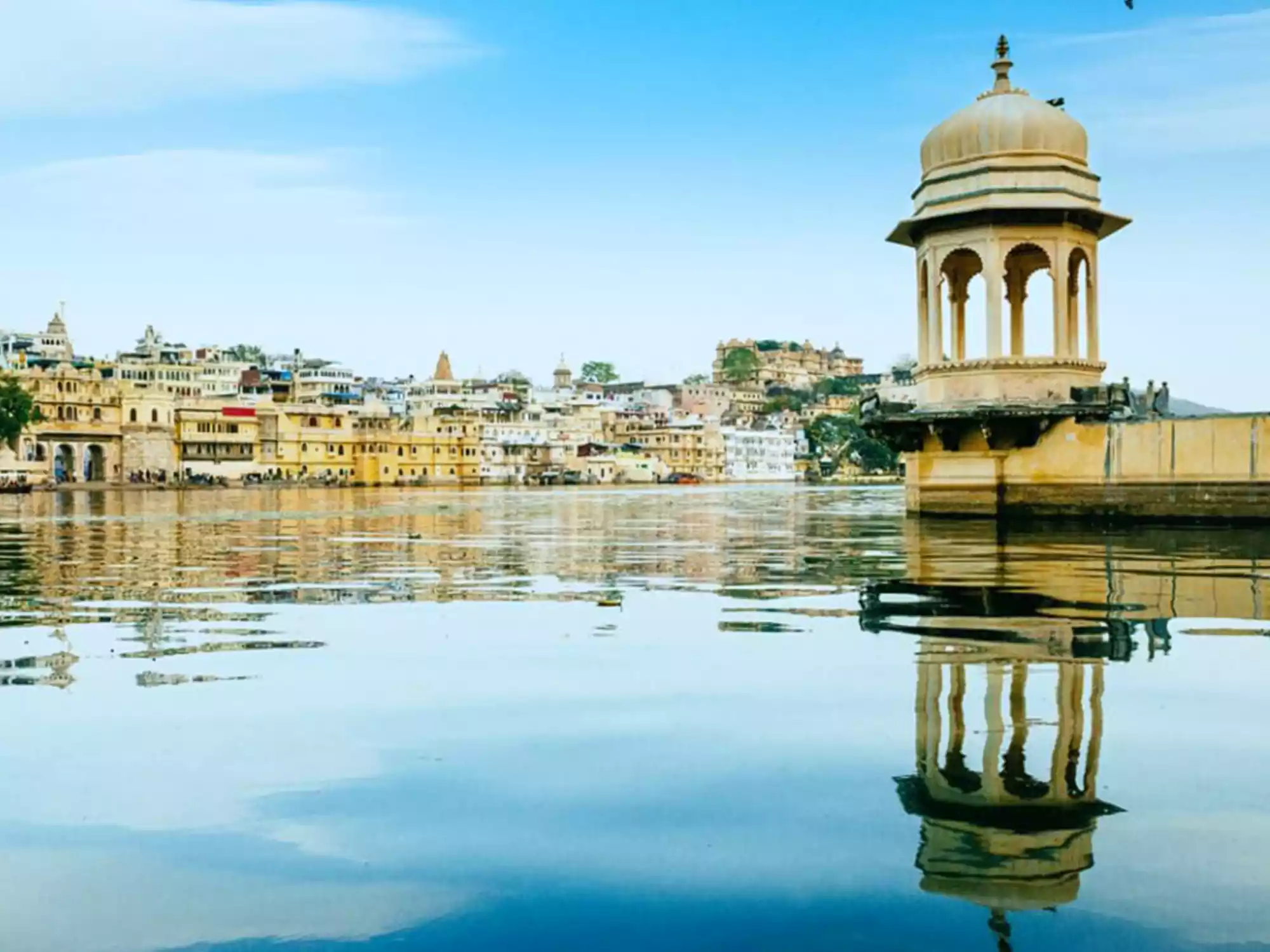



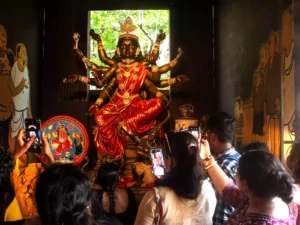

Really interesting read about those lesser-known towns. Do you know if these places are equipped for solo travelers or is it better to go with a group? Also, how easy is it to find accommodation there?